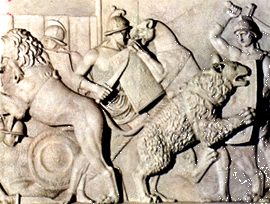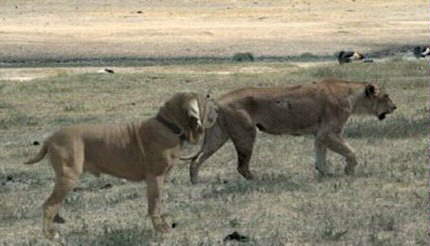 Nero
Nero |
|
 |
 |
 |
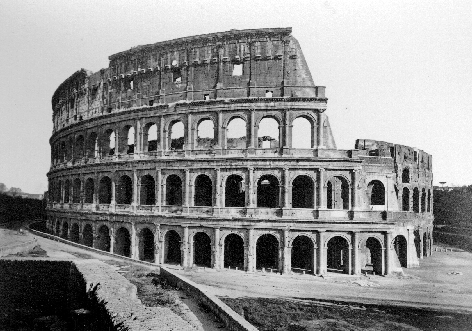
Overall the Coliseum measured about 615 by 510 feet. The stands measured 167 feet wide and 159 feet high. Another part of the Coliseum, which played an important part for safety reasons, was a catwalk that surrounded the main floor. On this catwalk there were skilled archers, who would kill any animals that went crazy.
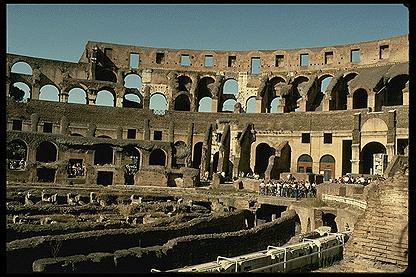
constantly change the floor material. The gladiator battles were much more popular than the naval battles, so the naval battles were removed from the Coliseum. The wood was then set permanently, which gave way to holding pens beneath the floor for animals. When the time for battle arose, the animals cage door would slide open and the animal would have access to a slender hallway to narrow for it to turn back. Once in the hallway, the animal would walk until it would come upon a portcullis that would raise and let the animal into an open elevator. Just outside the cage would be an attendant who would raise the animal to an upper level corridor. There was a ramp, and the animal would run up the ramp and begin battle. The massacre of animals pursued until somewhere in the 6th Century AD.
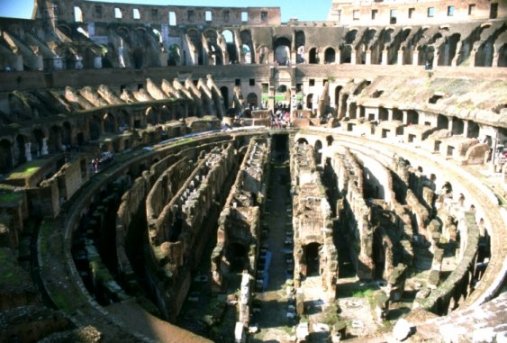
orders; Roman Doric on the ground floor, Ionic on the second, and Corinthian on the 3rd.
The 4th story consisted of Corinthian pilasters. It also carried masts that suspended on
awning to protect the spectators from sunlight. The walls on the outside of the Coliseum
were made of travertine that looked like a creamy colored calcium carbonate material. The
inner walls were made of tufa (siliceous rock deposits) and the seating area was made of
concrete.
